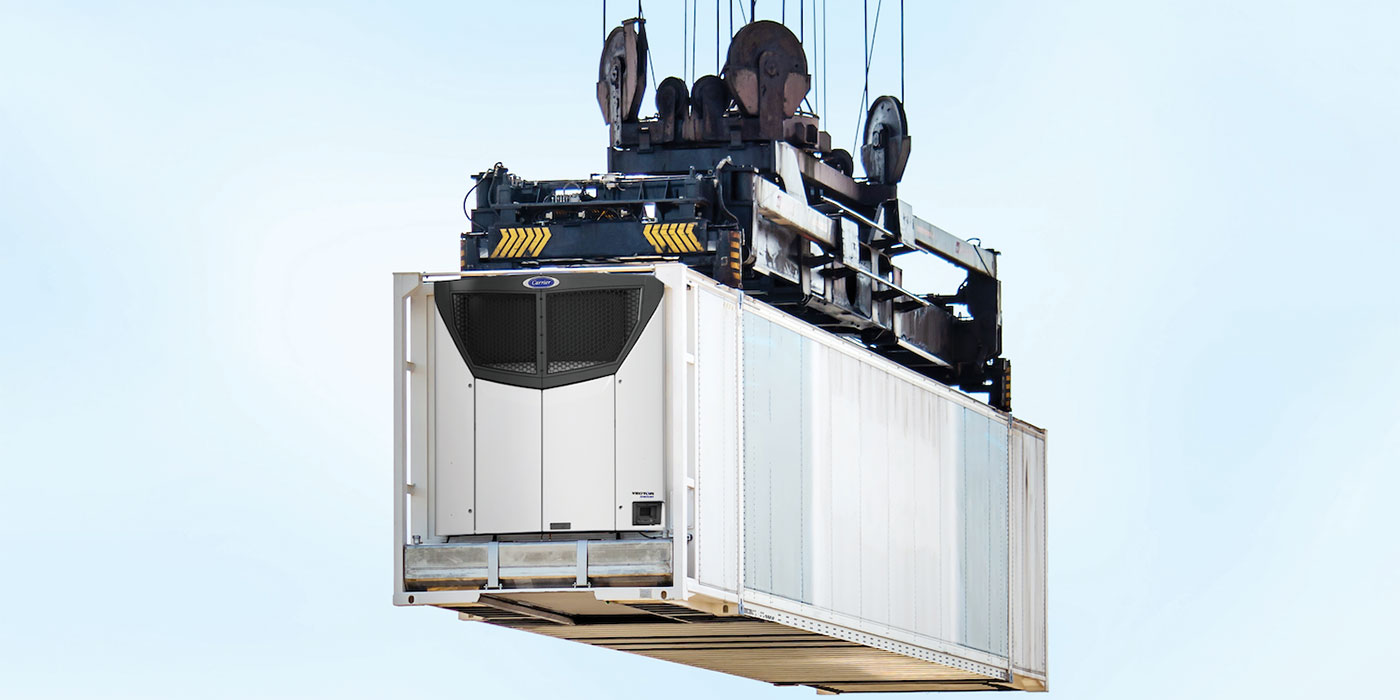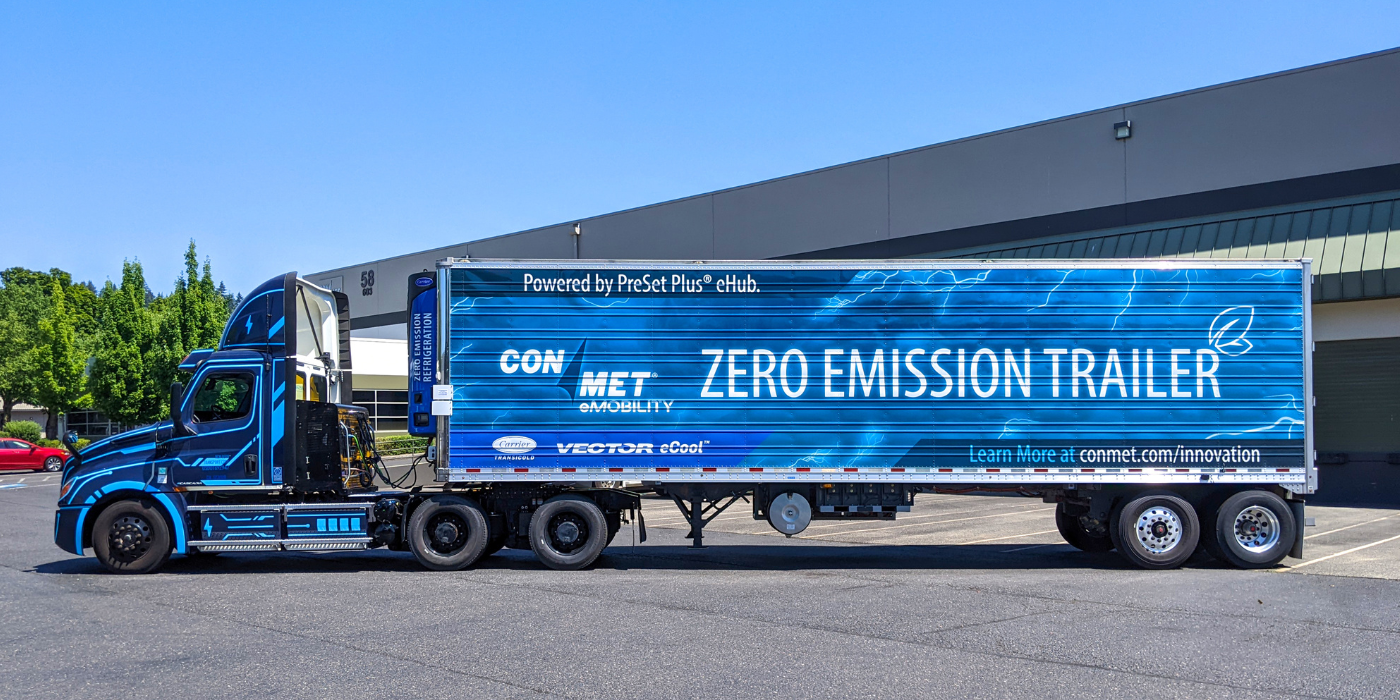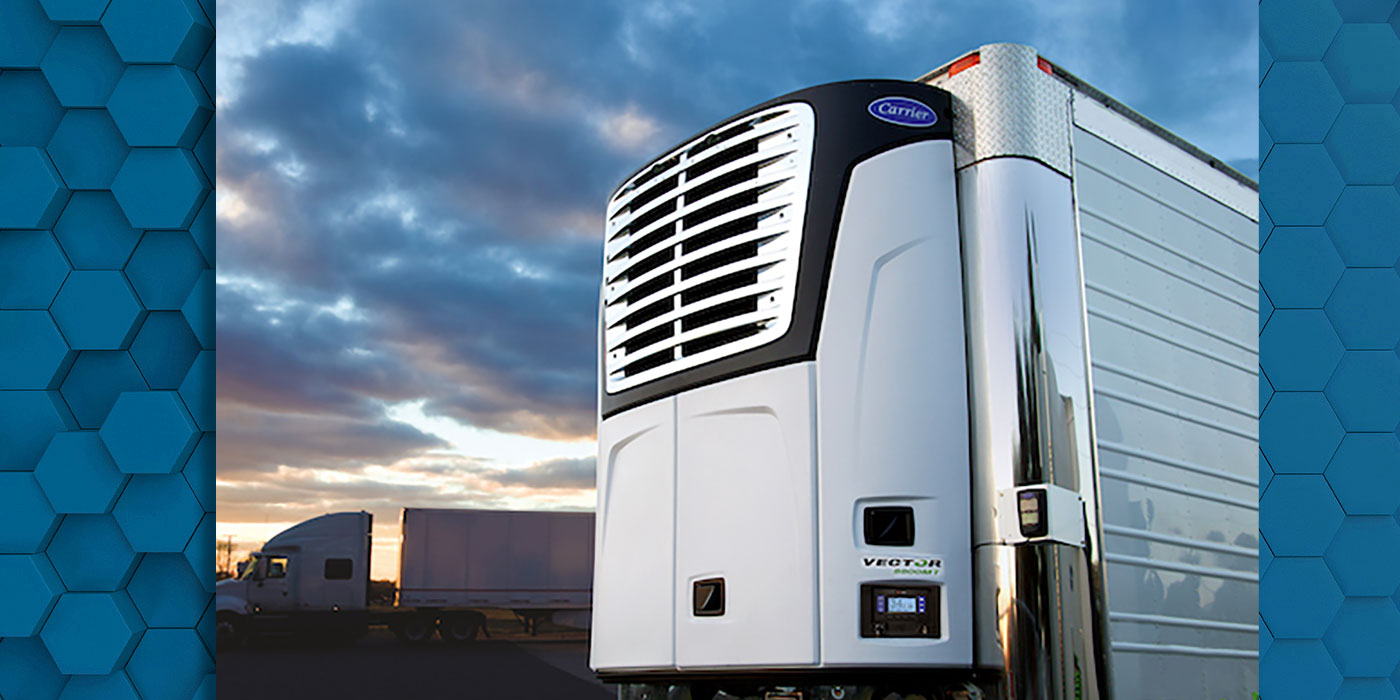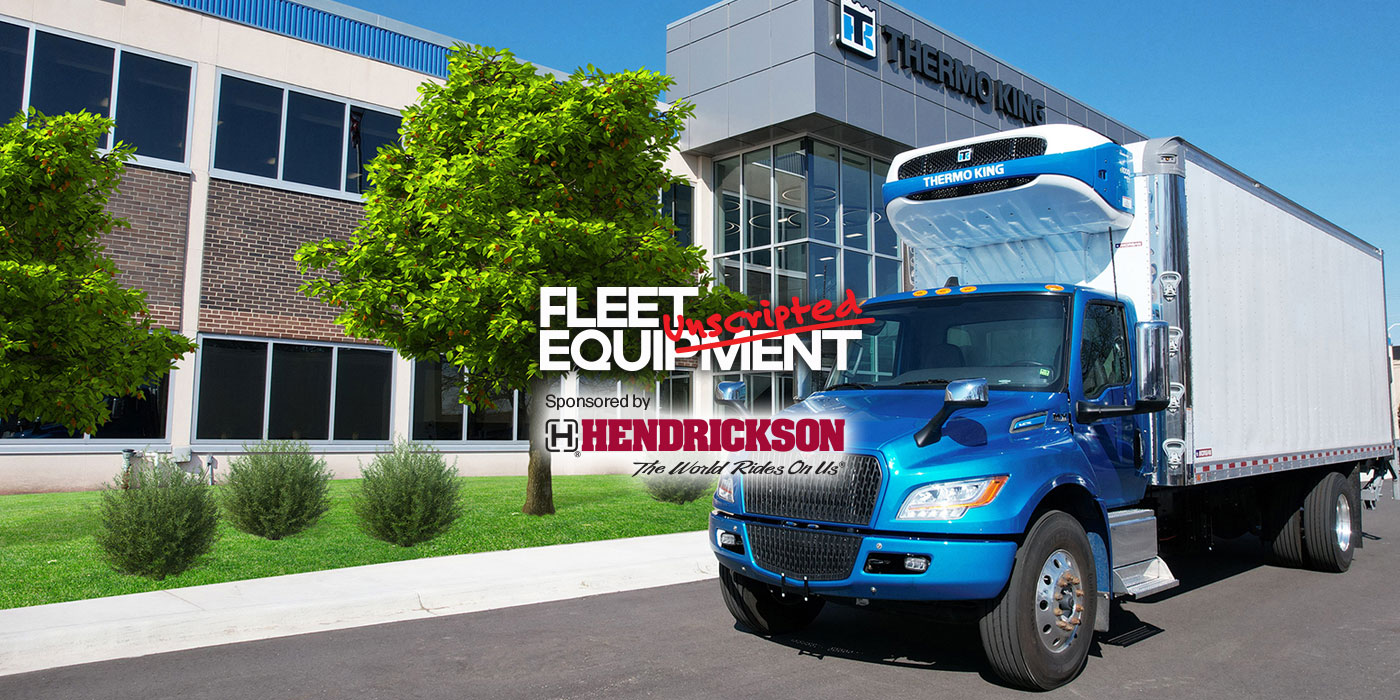With the high cost of diesel fuel and the growing number of states and municipalities that are enacting anti-idling laws, auxiliary power units (APUs) are more popular than ever. This was evident at the recent Mid-America Trucking Show in Louisville, Ky., where many truck makers and aftermarket suppliers offered their latest fuel-saving devices designed to keep drivers comfortable when they are not driving.
Eleven states and the District of Columbia have statewide idling laws, and 10 others have regional or municipal regulations. And, new laws are being added more frequently than ever. In addition to saving fuel and obeying laws, driver comfort is another reason fleets are looking to add APUs. Providing reliable, quiet sleeper compartment air conditioning, heat and electric power makes drivers more comfortable and productive and may reduce turnover.
Truck manufacturers
Volvo Trucks North America displayed two trucks equipped with mobile idle reduction technology (MIRT), Cummins ComfortGuard and Mechron Power Systems’ CCS Lightning systems.
Both the Cummins and Mechron systems include an onboard 120-volt AC generator, eliminating the need for the truck’s engine to idle for power. Each unit can be wired to provide shore power electricity to power driver amenities. The Mechron system includes an AC-powered heating/ventilation/air conditioning system for use when the truck’s engine is stopped.
Volvo received a grant from the U.S. EPA’s SmartWay Transport Partnership to develop factory-installed prep kits to make the mounting of MIRT systems easier and less expensive. The grant calls for Volvo’s system to be compatible with multiple MIRT systems. Volvo is partnering in the MIRT-development project with the North Carolina Solar Center at North Carolina State University.
The CCS Lightning system also will be a factory option on the International 9000 series trucks, according to Greg Miller, technical sales representative at Mechron.
International recently introduced its ProStar model, which offers a No Idle APU. It provides 6 KW, 120-volt AC power; 50-amp, 12-volt battery charging; and 10,000 BTUs an hour of air conditioning or heat, the company said. Drivers can control the climate via a thermostat control panel in the sleeper. The system also has an economy mode, which will start and turn off the APU if the batteries get too low, the company said. An additional key fob allows drivers to start the APU remotely to cool or heat the cab from up to 1,000 feet away.
The Kenworth Clean Power system offers the potential for an 8 percent improvement in overall fuel economy by eliminating the one gallon of fuel typically burned per idle hour, the company said. It features a battery-powered climate control system designed to provide engine-off heating and cooling plus 110-volt hotel-load power to drivers for 10 hours without recharging.
Cooling and electric capacity is generated and stored as the truck is driven down the road or when it’s connected to shore power. When the truck is shut off, the battery-powered cooling system takes over, and a thermostat regulates the driver’s desired sleeping temperature, the company said. A dial-controlled fan circulates chilled air through a duct located near the bunk.
Freightliner Trucks North America announced it is offering Bergstrom’s idling-reduction technology as a factory-installed option on the Century, Coronado and Columbia Class 8 truck models. The Bergstrom NITE (no-idle thermal environment) system consists of a rechargeable battery system that supplies electricity to a sealed air-conditioning unit and an auxiliary heater. The system, which works independently of the vehicle’s main engine, weighs 345 pounds.
Powered by four deep-cycle batteries instead of the truck’s electrical system, the NITE air conditioner offers 3,500 BTUs of cooling capacity. The air conditioner draws no energy from the truck’s electrical system when the truck engine is off, the company said. The diesel fuel-operated heater offers 2,900 to 7,500 BTUs per hour, and the energy needed to heat the sleeper area is less than 0.1 gallon per hour, the company said.
The NITE system includes a smart control system featuring electronic variable functions for comfort and power management. The engineered ductwork circulates air, providing a low-voltage cutout to safeguard the independent NITE battery and a status indicator to notify the owner when recharging is needed.
The NITE system is available in four configurations to meet a variety of operational needs and budgets, the company said.
Peterbilt’s fuel efficiency solutions include a Comfort Class system – a battery-based power system that provides heating, cooling and electrical power to the sleeper without idling – and a universal APU connector, the company said
The CCS, which will be available in 2007, reduces annual fuel consumption by about 8 percent, or $5,000 per year per vehicle, and provides up to 10 hours of HVAC, the company said. Electrical power for hotel loads is provided by a separate deep-cycle battery power pack that’s isolated from the main battery. The auxiliary batteries function independently from the truck’s main battery and recharge during normal truck operation using the high-capacity alternator, the company said.
Peterbilt also offers a new universal APU connector module that reduces costs for an aftermarket auxiliary power unit installation. It’s designed to accommodate a wide range of APUs and allow for fast installation because all the necessary lines and wiring are provided, the company said. It will be available in the third quarter for Peterbilt models that can be equipped with sleepers.
Aftermarket APUs
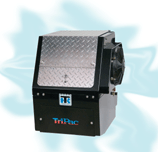
Thermo King’s TriPac auxiliary heating/cooling temperature management system uses a fuel-fired heater and Thermo King’s Cycle Sentry start/stop technology to achieve fuel efficiency, the company said. A two-cylinder diesel engine powers an air-conditioning compressor and a 12-volt alternator, both of which are belt driven. These components power the air-conditioning system, keep the truck batteries charged and provide tractor engine heat.
In cool climates, the TriPac engine will only operate if battery charging or engine-block heating is required. If not, only the fuel-fired heater will operate to warm the cab while consuming minimal fuel, the company said. When battery charging and block heat are necessary, TriPac can automatically start to address the need and then shut down to save fuel, the company said. The system is designed to run fewer engine hours, which saves fuel and extends engine life, the company said. An available tractor integration option allows the system to start automatically when the truck engine is turned off, which ensures a charged truck battery and warm engine block when it’s time to restart the engine.
TriPac offers 1,000-hour maintenance intervals, designed to allow maintenance to be performed at the same time as maintenance on the tractor.
Carrier Transicold is now the exclusive worldwide distributor of Teleflex Inc.’s APU products, which were renamed the ComfortPro series. The APU does not draw power from the truck’s battery. Instead, it powers its cooling and heating system and all household appliances through a 4,000-watt generator, which is driven by the unit’s Kubota diesel engine.
The ComfortPro APU provides air conditioning and heating for sleeper cabs; 110/1120-volt AC household current; 40 amps of truck-battery charging with battery-charge monitoring; truck engine warming; Winterwatch protection to keep the engine warm when the cabin is not occupied; start/stop operation; and an optional ability to tap into shore power.
Webasto combined its Air Top 2000 forced-air heater and BlueCool Truck air conditioner into the C5 system, which allows truckers to cool and heat their truck sleeper bunks without depending on power from an idling diesel engine.
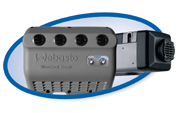
The cooling component is frozen during the day while the truck is running. At night, it provides a source of cold, dehumidified air to the bunk area with no further use of a powered air-conditioning device, the company said.
It uses small amounts of electricity from the existing vehicle batteries to circulate super-chilled coolant between the cold storage unit and heat exchanger in the sleeper cabin. Pushed by four small, quiet fans, the cold air will keep the bunk area cool for eight to 10 hours in most ambient conditions, the company said.
The unit’s forced-air heater uses diesel fuel from a vehicle’s tank to warm the interior. It consumes 0.05 gallon of fuel per hour, the company said.
With an output of 7,000 BTU/hour, the heater provides instant, quiet and safe overnight heat, according to the company. It can be operated via an optional timer or manually controlled.
The C5 system can be combined with Webasto’s TSL 17 engine preheater, which reportedly reduces engine wear and ensures starting. The device has a heat output of 17,200 BTU/hour. It is designed to preheat engine coolant by consuming fuel from the vehicle’s tank, and it uses about 0.125 gallons of fuel per hour, the company said.
Espar introduced its Total Comfort system for heating and cooling. It consists of the Bergstrom NITE system, an under-the-bunk mounted system that has a 3,000-BTU/hour output, and the DC Airco system, a rooftop-mounted system that offers a 9,000-BTU/hour output. Both systems are electrically driven and don’t utilize any on-board fuel or require any outside engines to power them.

